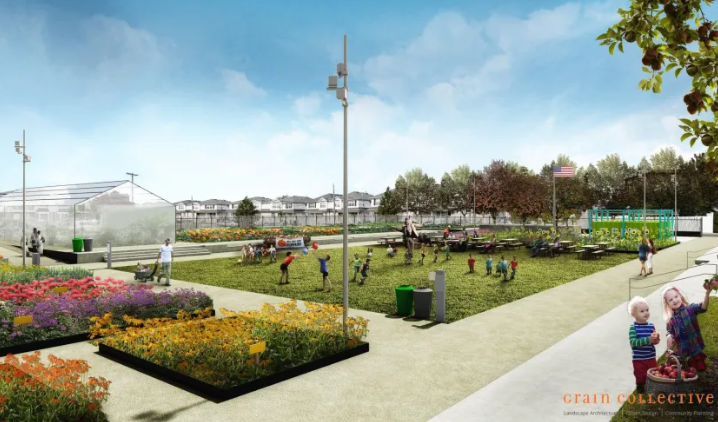How an abandoned brooklyn lot will become a hub for student learning, urban agriculture

A rendering of what the planned learning garden near P.S. 312 in Brooklyn will look like.
Photo: NYC Department of Education

After a decadelong effort, the city will transform a once-abandoned lot into a communal gardening and learning space for students and local residents in Brooklyn’s Bergen Beach.
The city broke ground on the 2.2-acre garden last year, and construction is now underway, said District 22 Superintendent Julia Bove, who has been working on the garden’s development for about as long as she’s been a superintendent. The concept came about after Carol Pino, a parent coordinator at P.S. 312, raised concerns about a nearby garbage-strewn lot, which was owned by the city’s Education Department.